I am very excited about this spotlight feature which includes not one, but TWO interviews! Today’s spotlight is on a fabulous picture book called Bea’s Bees and you will be hearing from both the author and illustrator. As you might have guessed from the title and cover, this is a story about a girl called Bea who loves bumblebees.
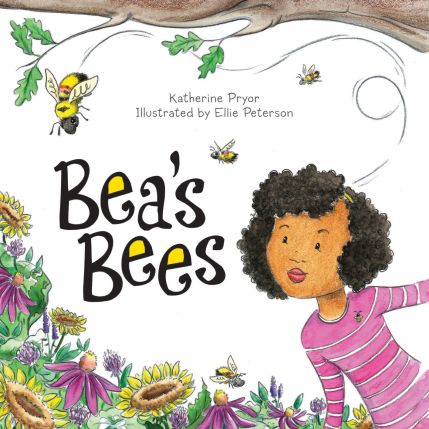
Title: Bea’s Bees
Author: Katherine Pryor
Illustrator: Ellie Peterson
Publisher: Schiffer Publishing
Blurb: Beatrix discovers a wild bumblebee nest on her way home from school and finds herself drawn to their busy world. When her bees mysteriously disappear, Bea hatches a plan to bring them back. Can Bea inspire her school and community to save the bees? Bees provide us with valuable resources, and some types of bees are in danger of disappearing forever. But ordinary people (and kids!) can help save them. Filled with fascinating facts about bumblebees and ideas to help preserve their environment, Bea’s Bees encourages kids to help protect bees and other pollinators.
Sound great? It is!
In this post, I will be talking to Katherine and Ellie about this project as well as their careers as a picture book author and illustrator. We’ll be talking about everything from the story inspiration to Katherine’s writing process with the famous 12×12 Picture Book Challenge and Ellie’s role as the Diversity, Equity, and Inclusion coordinator for the Western Washington chapter of SCBWI. I will also be giving you my review of the book. So, without further ado, let me introduce you to Katherine…
Hi Katherine, can you tell us a little bit about Bea’s Bees, the inspiration behind it and #SaveTheBees?
Like a lot of people who work in food and farming, I had been worried about declines in bee populations for some time. I wanted to write a honey bee book, but I couldn’t think of the right narrative. Then I went to a class on pollinator gardens, and the instructor said something that struck a chord—he said that honey bees will probably be fine, because they give us something tangible, so lots of people are working to save them. However, there are several species of wild bees whose numbers are in decline, but not enough people care about them because their work is invisible to us. I decided to change the subject to bumblebees—who have the added benefit of being fuzzy and charismatic—and the story flowed from there.
It’s great to see a diverse main character, was this something you envisaged as you were writing the story?
Authors don’t usually have much say in how the characters in their books will look, but the one request I have started making of my illustrators is that the protagonist be non-white.
I want the illustrator to have room to create their own relationship to the character, but I also really want the books I write to reflect my young readers. Our publisher is unusual in that they encourage active collaboration between the writer and illustrator, which allowed us to compare notes throughout the process. When we were first discussing “Bea’s Bees,” I saw a drawing in Ellie’s online portfolio who looked exactly the way I had envisioned Bea, so I asked if she would be willing to model Bea on that character. Ellie ran with the idea, and Bea was born.

Can you tell us a bit about 12×12 and your publication journey? Did you always want to be a writer/storyteller?
I have loved writing since my second grade teacher introduced me to the concept. I spent a chunk of my twenties trying to “make it” as a novel writer, but eventually I got tired of working odd jobs while the rejection slips piled up, so I went to grad school and got a sensible job as a sustainable food and farming advocate. But I missed writing, so I started waking up early to write every day—nothing serious, just for fun. Then one day I was advocating for farm-to-school funding in the state capital, and a dad told a story of how his daughter wouldn’t eat spinach until she grew it in her school garden. For whatever reason, I knew in my heart I wanted to write a children’s book about it. I ended up taking an evening class on writing for children at my local community college, and workshopped the book that would become “Sylvia’s Spinach” through that. I showed a draft to my friend Philip Lee, who I knew through my food work, and he told me that he was starting a publishing house (Readers to Eaters) dedicated to food literacy. I left my job to focus on writing after “Zora’s Zucchini” came out, but a series of rejections left me feeling pretty low. After Schiffer decided to pick up “Bea’s Bees,” I signed up for the 12×12 Picture Book Challenge because I wanted to recapture the sense of fun I felt when I was just starting out, before I knew anything about the business side of writing. And it worked! I ended up with 10 new book drafts after my first year, and I think at least three of them are good. I love having a community of writers to bounce ideas around with, and it turns out I really like arbitrary deadlines.
What’s next for you, in terms of writing?
I have a couple more book projects in development, but I haven’t signed contracts yet. I’m too superstitious to say anything until there is ink on paper! I also do some freelance writing for magazines. My biggest struggle as a writer now is time—I have two-year-old twins, and so have less time for writing than I used to. I feel really lucky that I found picture books, because it’s the perfect genre for writing and tinkering when you don’t have the kind of mental space you need for a novel.
What advice would you give to someone trying to publish a picture book?
People often assume that because picture books are short, they are easy to write. But we only have about 500 words to tell a complete story, so every single one of those words has be the perfect word. It’s important to acknowledge that your early drafts will probably be sort of terrible, because revision is a vital part of writing short works. Because it’s such a unique format, I encourage picture book writers to seek out other people working in the genre. The Society of Children’s Books Writers & Illustrators (SCBWI) is a fabulous resource, and the 12×12 Picture Book Challenge is a great online option for people who may not live near an SCBWI chapter, or who may have a limited mobility.
Above all, write! I have a box of drafts that may never be books, but every single one of them taught me something about writing. If you focus on loving the process more than being attached to the outcome, every minute you spend writing is time well spent.
Thank you so much, Katherine, for sharing your experience with us. It’s great gain your insights into writing and to understand how Bea’s Bees came about. Now, let’s hear from Ellie who illustrated the story…
Hi Ellie, what was your initial impression of Bea’s Bees when you read it? Did you instantly have a vision for the illustrations?
Love at first read. I felt inspired by Bea’s spunk and determination. I immediately pictured lush flowers, adorable bees, and a little girl who looks at the world with one raised eyebrow. And the opportunity to make a book on a serious environmental issue? I was sold.
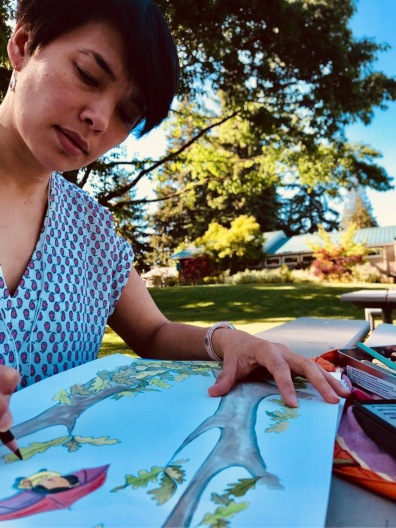
You’ve put in some great touches within the illustrations (To Bee or Not To Bee), what was your favourite spread to create?
The classroom scene, for sure. Everything from Bea’s clenched fists, to the scientific method on the white board, to the picture of Rachel Carson on the wall – it was all so much fun.
I have a number of hidden messages throughout the book too. Adults are oblivious, but the kids always seem to find them!
On your website you have a link to We Need Diverse Books (WNDB), can you tell us about your involvement and what made you decide to portray Bea as a diverse character?
A few years ago, I learned about Marley Dias’ movement, 1000 Black Girl Books. I was so touched by her work because, growing up biracial, I knew what it was like to never see characters that look like you. And as a science educator, I know that women of color are sorely underrepresented in STEM fields. When a portfolio illustration of an African American girl sparked Katherine’s interest as a possible protagonist, I was really excited. Since then, I’ve thought about how to make my books more diverse, but to also promote the voices of diverse writers and illustrators. I am currently the Diversity, Equity, and Inclusion coordinator for the Western Washington chapter of SCBWI and we’re working on ways to encourage participation of and support for authors and illustrators from marginalized groups.
Can you tell us about projects you have in the pipeline?
I have two picture books with Kane Press that are part of a STEM series, The Joulia Copernicus Books. The first, “It’s a Round, Round World!” comes out in September of 2019. In this book, Joulia takes readers on a historical journey through time and space to understand how we learned that the earth is round. The second, “The Reason for the Seasons” is slated for the Spring of 2020.
What advice would you give to someone trying to break into the picture book illustration market?
First, join SCBWI. It’s an amazing organization with resources to improve your work and learn the ins and outs of the publishing industry. Second, join or start a critique group. I belong to a group of women artists, The Broad Strokes, who push me to be better than I could ever have dreamed. Finally, be humble. When you get feedback, listen. I mean, really LISTEN. I always tell myself, if I hear the same critique from two different people, it’s something I need to take a serious look at, no matter how much I love it.
Thank you so much, Ellie, it’s fantastic to hear your perspective of the book as the illustrator as well as your support for creating more diverse picture books for children.
Having been lucky enough to receive a copy of this book in exchange for an honest review, here are my thoughts of Bea’s Bees.
The Story:
When Bea discovers a hive of bumblebees, she begins visiting them every day until one day she visits and they’ve vanished. She learns all she can about bumblebees and makes it her mission to create an environment for the bees to return, but will she succeed?
Favourite Spread:
I’ve found it hard to pick a favourite spread because there are so many gems of humour hidden within Ellie’s illustrations – I love Bea’s school project “To Bee or Not To Bee”. These light touches perfectly balance the more serious message. There was one spread that really makes you stop and think and reflect: when Bea looks up at the silent tree that used to be home to the bumblebees. At the end of the book there are two spreads on the bees and what plants grow in Bea’s garden which are a fantastic resource to allow children to carry on thinking about the message of this book after they’ve read the story.
The Verdict:
I love this book – it has the perfect balance between story, facts, humour and message. This picture book not only shines light on the importance of looking after bumblebees but also has a diverse main character. That said, it is much more than just a message, it is a story too, one that children will enjoy reading, full of beautiful illustrations which add depth and humour.
Publication date: 28 March 2019
ISBN: 978-0764356995
About Katherine Pryor:
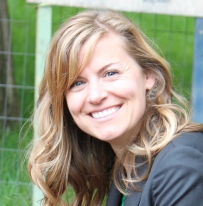 In addition to writing, Katherine has worked to create better food choices at institutions, large corporations, and food banks. She grew up digging in the soils of California & Arizona, but her home garden is now in Seattle. She made her picture book debut with Sylvia’s Spinach, which is widely used to support nutrition education and school garden curriculum. Her second picture book, Zora’s Zucchini, won the 2016 Growing Good Kids Book Award. Her newest book, Bea’s Bees, is available now.
In addition to writing, Katherine has worked to create better food choices at institutions, large corporations, and food banks. She grew up digging in the soils of California & Arizona, but her home garden is now in Seattle. She made her picture book debut with Sylvia’s Spinach, which is widely used to support nutrition education and school garden curriculum. Her second picture book, Zora’s Zucchini, won the 2016 Growing Good Kids Book Award. Her newest book, Bea’s Bees, is available now.
You can find Katherine on Twitter, Instagram and via her website.
About Ellie Peterson:
 Ellie is a picture book author, illustrator, and science educator living in the Seattle area. Ellie’s work is inspired by her experience teaching STEM for the last 17 years, her upbringing as a “biracial army brat”, and her many adventures in parenting. Ellie’s books actively encourage children to question HOW they know what they know. When she’s not in the lab, she enjoys experimenting with art supplies in her home studio and visiting local schools.
Ellie is a picture book author, illustrator, and science educator living in the Seattle area. Ellie’s work is inspired by her experience teaching STEM for the last 17 years, her upbringing as a “biracial army brat”, and her many adventures in parenting. Ellie’s books actively encourage children to question HOW they know what they know. When she’s not in the lab, she enjoys experimenting with art supplies in her home studio and visiting local schools.
You can find Ellie on Twitter, Instagram and via her website.
I am very grateful to the publisher for letting me read this book via Net Galley. This feature contains my voluntary review and honest opinion.
All photographs are copyright of Ellie Peterson and Katherine Pryor.
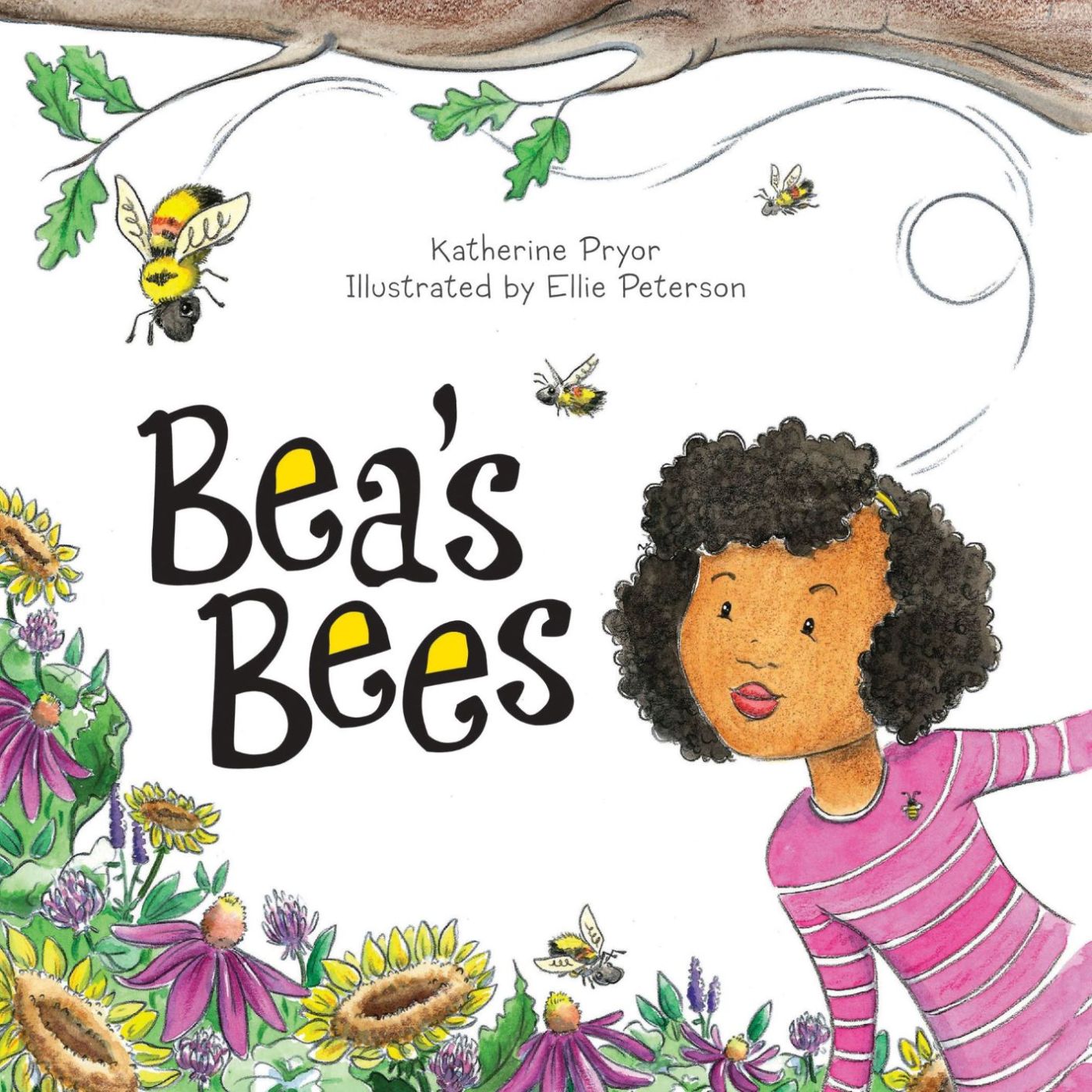
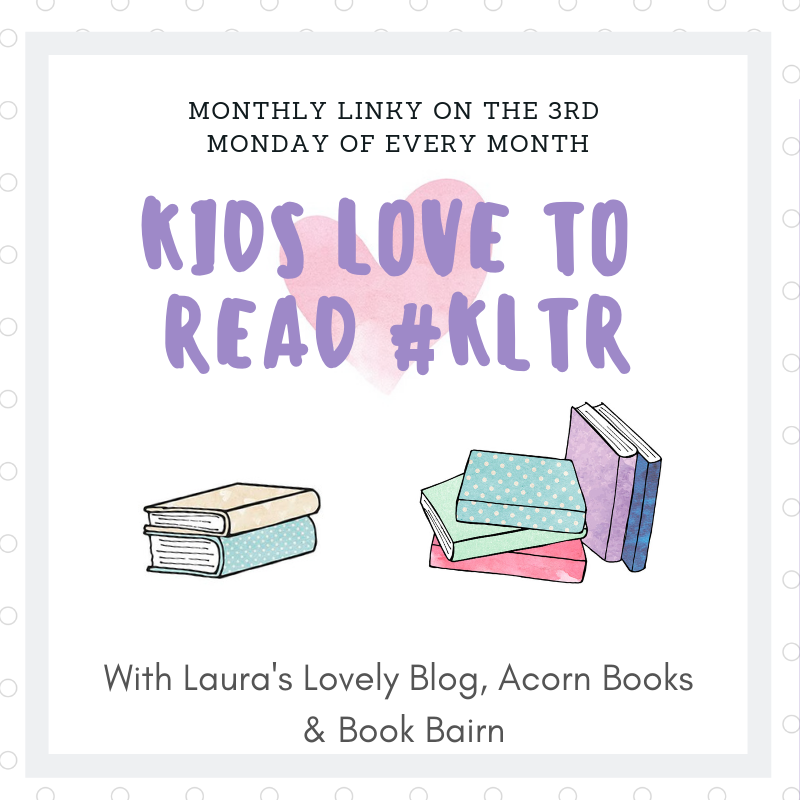
How amazing to hear from both author and illustrator, and another great review from you Rachael 🙂
I love picture books with both humour and a message, so Bea’s Bees has been added to my wish list!
LikeLiked by 1 person
Hi Delia,
Yes, it was great to hear from both of them and get “the full picture”! It’s a lovely book – enjoy 😊
LikeLike
We’ll have to read this. My LO loved bumble bees and all of a sudden she developed a crazy fear of them for no reason. I keep explaining to her what they do but she doesn’t seem to get over the fear. Hopefully this beautiful story will help #KLTR
LikeLiked by 1 person
Oh, yes, hopefully this book will help. There’s a couple of great factual pages at the back which will be great as well. They encourage children to explore outside and look for all the plants in Bea’s garden.
LikeLiked by 1 person
I love books about bees and wrote a whole post on them last year! But I hadn’t heard of this one! Thanks for joining in with #KLTR
LikeLike
Thanks for stopping by! I’ll dig out your post on bee books 🐝
LikeLike
This sounds like a great book and I found the interview with the author and illustrator fascinating. I love the illustrations in this book too #KLTR
LikeLike
There are so many books about bees and helping to stop their decline and I like this one’s focus on the different species of bees that don’t make honey and how important they are too. Also, I always LOVE to see diverse main characters in books. #KLTR
LikeLiked by 1 person